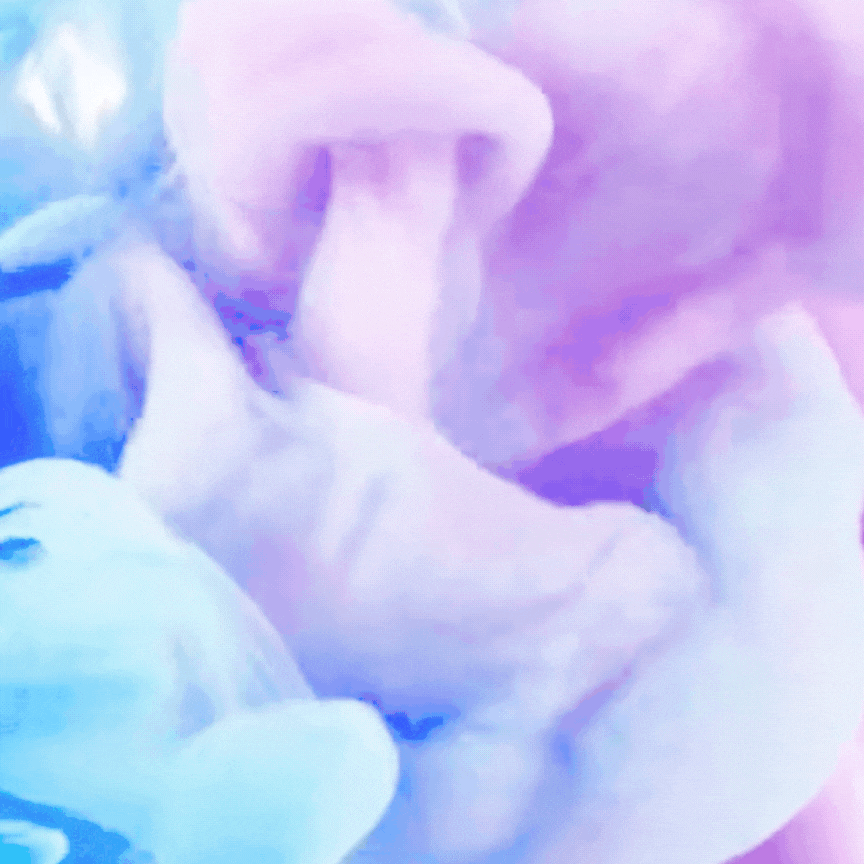What is the Third Eye?
The concept of the third eye refers to both to a physical position in the body (roughly between -and slightly above – the level of one’s physical eyes) and a kind of transcendent sensory organ that is actually independent of the body. Many yogic disciplines – including Tantra – associate it with the sixth or seventh (depending on the particular school of thought) chakra or energy center. Providing a physical location for something non-corporeal in nature is apt in the case of the third eye, because it has often been seen as a nexus point, a connecting link between the earthly realm and the spiritual.
Some spiritual practices, such as Taoism, view the third eye as a part of mankind’s natural inheritance, something that can be cultivated. It really isn’t a “thing” at all but rather a faculty, much like consciousness itself, which can be in a dormant or an awakened state depending on the person. Some spiritual teachers warn against “awakening” the third eye prematurely or without guidance. Sense data that’s received in a non-sensory way can be confusing – even disruptive – to those not initiated into the experience.
The third eye can also be thought of as a kind of psychic antennae, an energy center that enables us to receive impressions, insights and knowledge from sources beyond the physical. The art of being receptive in this way is, according to some spiritual disciplines, something that can be developed with time, patience and humble acceptance of the process. This can be a path to awakening psychic talents and ESP. For this reason, the third eye is often referenced in occult literature. In Theosophy it is associated with the partially dormant pineal gland, which some people think of as a kind of “doorway” from the physical brain into spheres of non-ordinary perception.
This brings us into the realm of astral travel and communication with higher planes of reality. This faculty of the third eye has inspired some philosophers and spiritual teachers to grant it a prominent role in human evolution. Within such a context, the perceptions and insights that come from this energy center may be intended to lead us beyond the reference point of our physical bodies so that we begin to experience ourselves as primarily spiritual beings. The philosopher Descartes considered the pineal gland to be the “seat of the soul”. Ancient Egyptians evoked it with the symbol of the Eye of Horus.
Many people have experienced what they believed to be their third eye. Some keep such perceptions to themselves out of fear that others will misunderstand and possibly even ostracize them. Psychics who read “auras” or “lights” often claim to be working from the standpoint of the third eye, which perceives in a manner that’s very different from physical sight. Indeed, auras can be thought of as a kind of translation of perceptions that are beyond the realm of the five senses and don’t have any physical counterparts. We have to evoke such perceptions with metaphor and artistic expressions, or grapple with them with our intuitive faculties rather than with our reasoning minds.
If you want to explore psychic tools, meditation, and psychic development, sign up for our Clairvoyant Meditation Free Open House to learn about course offerings or book a psychic reading or spiritual healing through The Psychic School.



